Chainsaws are old tools that have been used to cut down big trees, prune large branches, pollarding trees, and more. A chainsaw is an electrically powered or gas-powered portable tool that finds use in cutting large chunks of wood, felling trees, and more.
The mechanism of action involves having a sharp metal chain wrapped around the saw’s guide bar, where the chain rotates clockwise when in use. It possesses a long guide bar, which is useful for chopping down large items. The length of the saw guide bar in electric chainsaws can be up to 18 inches, whereas, in gas chainsaws, it can be up to 48 inches in length.
So, if you are still wondering about the question of how a chainsaw works, what you can use it for, and also how to price the work done, then this tutorial will help you further.
Uses of Chainsaw and How to Price Your Work?
Here are the common tasks that a chainsaw is put to work for and how you can price them.
1. Timber Industry
The wood industry largely relies on this machine as it can be used for cutting wood of different sizes and for various purposes. A chainsaw finds purpose in the timber industry for felling large tree trunks in the forest, chopping medium-sized trunks, cutting firewood, changing logs to lumber, and procuring furniture wood.
Typically, professionals can charge anywhere between $341 and $1,523 to chop off a 50-foot tree, with an average cost of $657. Whereas for furniture making, the average charge of a professional carpenter per hour is $90.
2. Gardening
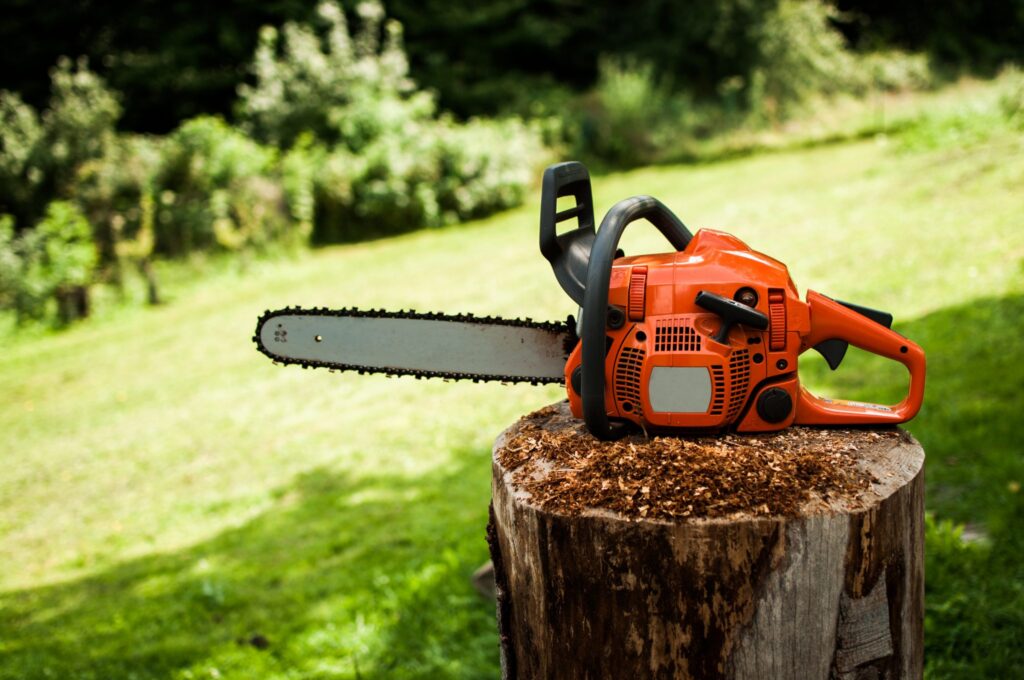
Gardening becomes easier when you use tools like an electric chainsaw. With a chainsaw, you can remove old branches easily and clean your garden’s appearance by pruning everything. The average cost of hiring a professional gardener in the US is $150 per visit.
Moreover, you can cut glass with circular or specialized glass-cutting saws. You could also use a pneumatic chainsaw to cut a wide range of plastics like Polyethylene, plexiglass, Polypropylene, Lexan, and Acrylic. You can also use circulating and reciprocating saws to cut through metal sheets. Furthermore, chainsaws can even be used to cut meat, bones, ice blocks, and more. A professional might charge each item differently.
Key Parts of a Chainsaw
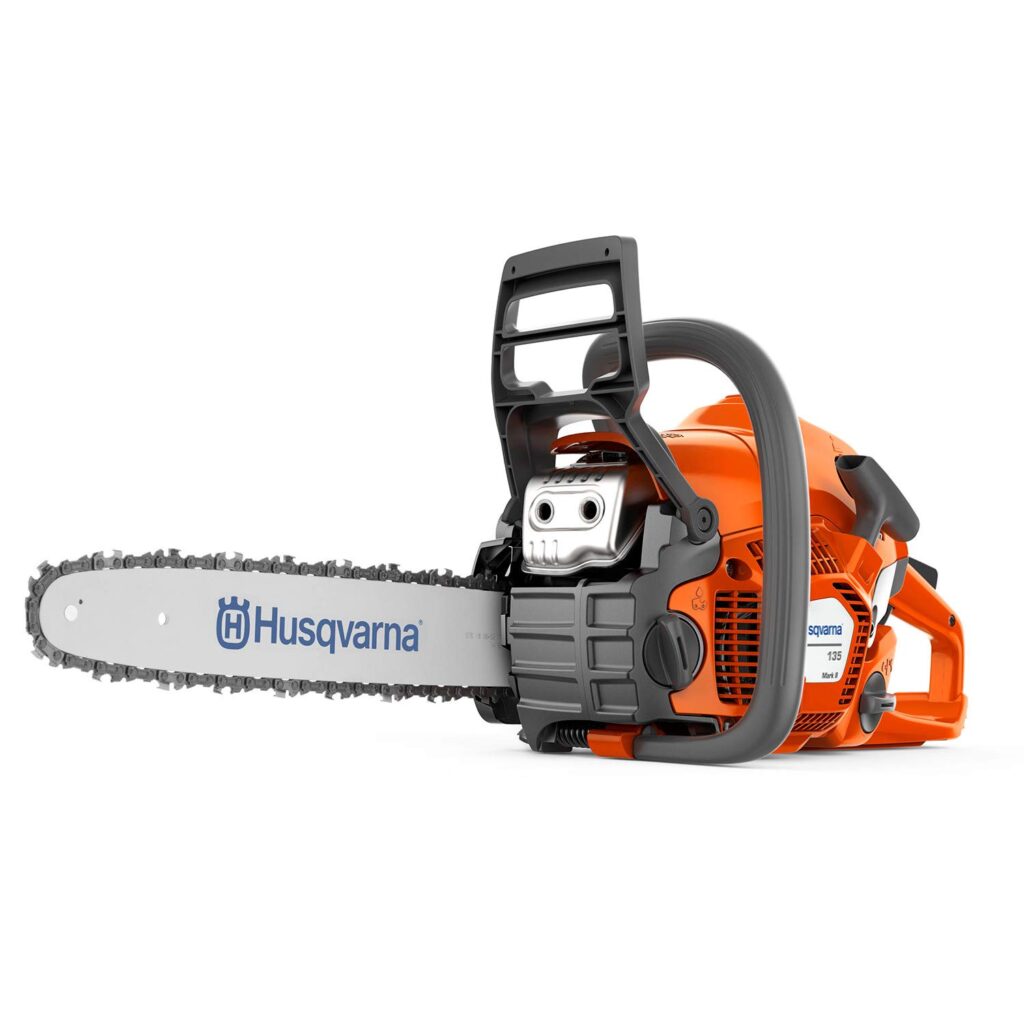
Here are the main parts of a chainsaw:
- Guide Bar – It’s a long steel bar located at the front of the chainsaw.
- Chain – The metal chain with teeth wraps through a groove on the guide bar. A sprocket in the engine housing drives it.
- Nose – The front rounded part of the guide bar is the nose.
- Bumper Spikes – Metal spikes on the front of the chainsaw hold the chainsaw in place against the wood as the saw juts out.
- Chain Brake – This is a metallic or plastic bar that acts as a safety device.
- Front Handle & Back Handle – The front handle is located on the front top of the chainsaw, and the back handle is molded into housing.
- Throttle and Throttle Lock – This is situated on the back handle to control the power and speed of the chainsaw. Located on the opposite side of the throttle is the throttle lock, which is a safety mechanism.
- Pull Starter – This is the handled cord that starts up the gas engine and is hence only a feature in gas-powered chainsaws.
Features of a 16-inch Chainsaw
The following are the features of a gas-powered 16-inch chainsaw:
- It features a 16-inch cutting bar where the chain runs along the groves of the bar.
- The metal chain has the cutting teeth.
- It also features air-cooled two-stroke gasoline engines.
- The engine comprises a cylinder, piston, connecting rod, crankshaft, magneto, and carburetor. It weighs about 1.8 kg.
- The gas tank contains about 0.5 liters of gasoline mixed with two-stroke engine oil.
- The small oil pump and a chain oil reservoir are used to oil the chain.
How Does a Gas-Powered Chainsaw Work?
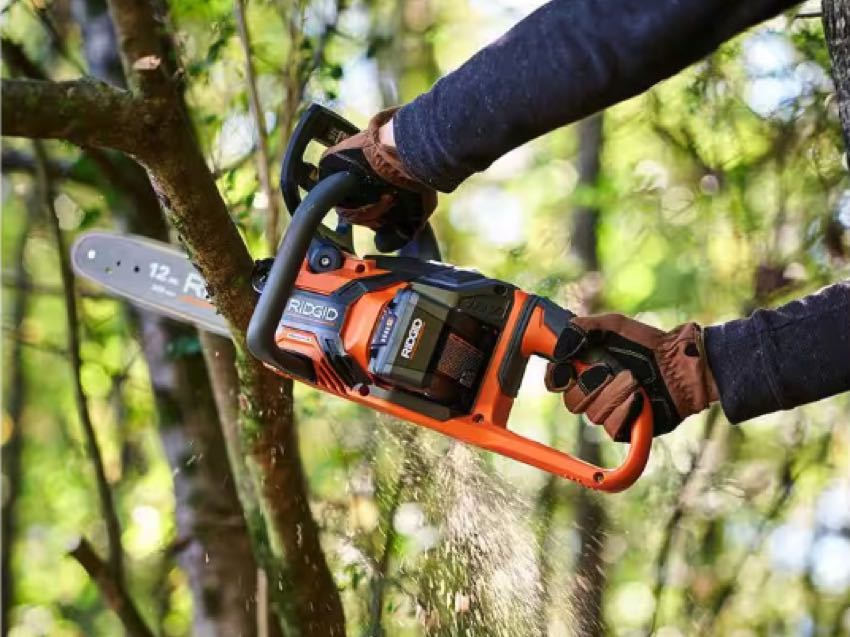
As the engine is powered, the chain is driven by a centrifugal clutch. When the engine catches speed, the centrifugal plates in the clutch start spinning outward to engage the clutch, and the chain starts running.
The engine then displaces 3 cubic inches and develops 3 horsepower. It approaches 1 horsepower per pound of engine weight, which is made possible by cooling the engine with air and two-stroke oil. After this, the engine is started with the help of a pull starter, and the ignition is powered by a magnet attached to a spark plug.
Further, the gas, oil, and air get mixed with a carburetor. Then, it is drawn into the engine with the help of a crankcase vacuum. The exhaust flows through a simple spark arrestor.
Final Thoughts
So, now you know that a chainsaw is a robust machine that can be used for various purposes besides cutting large logs of wood and felling trees. You could also price each service accordingly. It can be used to cut through metals, plastics, stones, concrete, floors, roofing, glass, meat, bones, etc.
Chainsaws can only be used over a specific duration between 15-40 minutes, but the battery-powered ones could last for two hours straight. However, in modern times, there are options for powerful and high-capacity gas-operated machines that could run for hours. One has to be cautious while operating one and follow all the safety measures to operate a chainsaw safely.

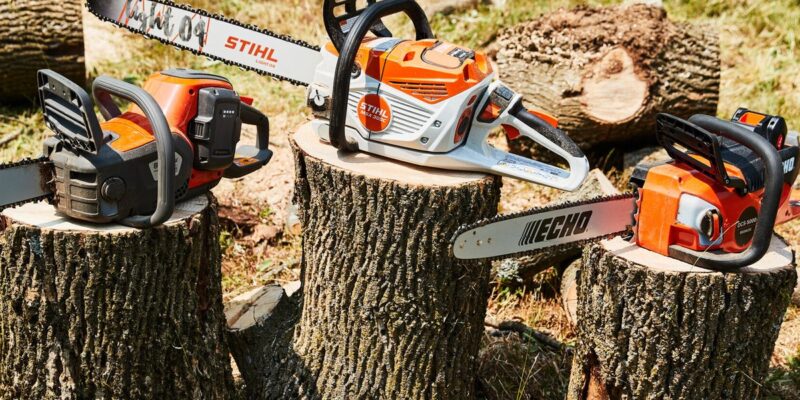
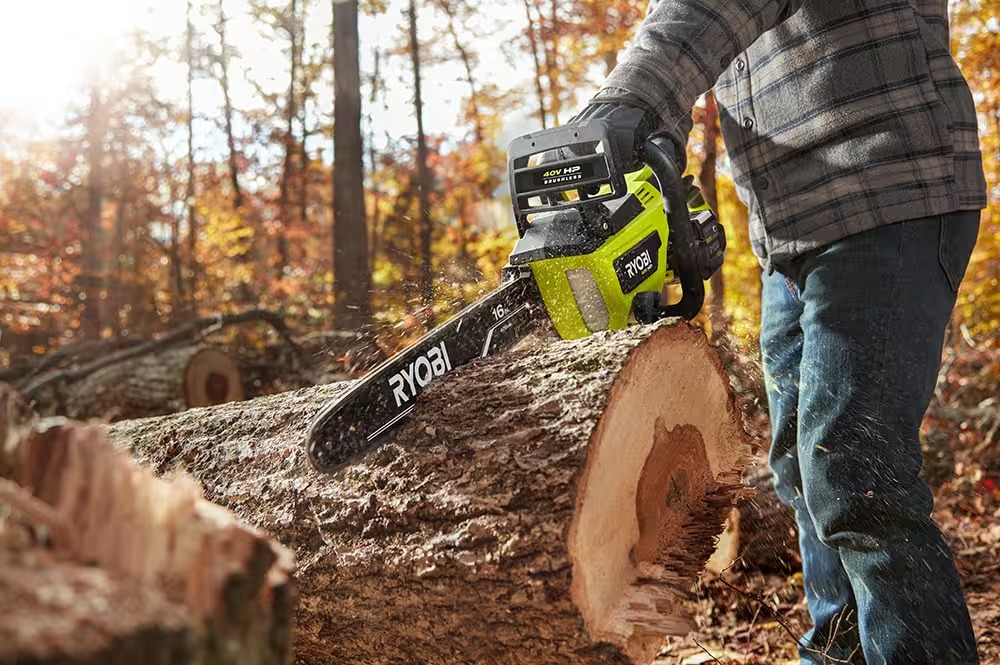
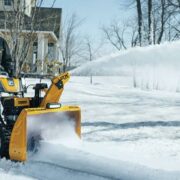
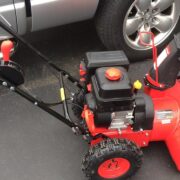

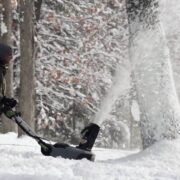



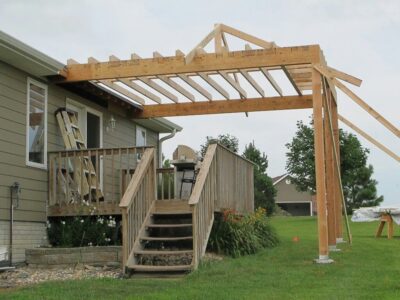
Comments